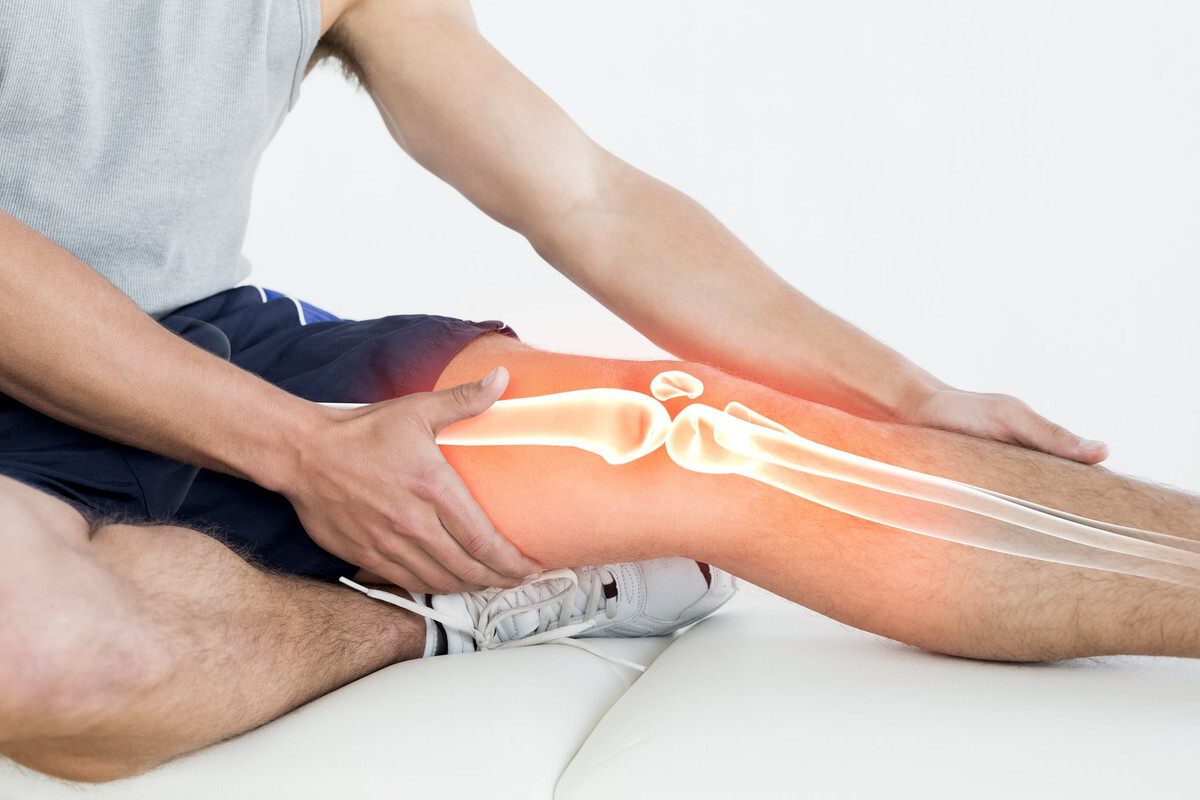
It is a tear of the cartilage tissue called meniscus in the knee joint. meniscus tear It usually occurs during sports activities or sudden turning movements. It may manifest itself with symptoms such as severe pain, swelling and locking in the knee. Treatment may often include rest, physical therapy, and surgery. Depending on the size and location of the tear, treatment options may vary.
Meniscus Tear Symptoms
 It usually causes pain in the inner or outer area of the knee. This pain may increase over time and may increase or decrease with activities. It may cause swelling in the knee. You may feel swelling, especially during or after the tear. A feeling of locking in the knee may occur as a result of the compression of the meniscus parts in the knee joint. This is usually felt when trying to bend and straighten your knee. meniscus tear People with this condition may experience a feeling of stiffness when bending or straightening their knees.
It usually causes pain in the inner or outer area of the knee. This pain may increase over time and may increase or decrease with activities. It may cause swelling in the knee. You may feel swelling, especially during or after the tear. A feeling of locking in the knee may occur as a result of the compression of the meniscus parts in the knee joint. This is usually felt when trying to bend and straighten your knee. meniscus tear People with this condition may experience a feeling of stiffness when bending or straightening their knees.
Due to this situation, you may feel a tightness in your knee during movement. This may restrict the movement of your knee or cause discomfort during normal movement. These symptoms may indicate a tear, but it is important to see a doctor for a definitive diagnosis. Your doctor may perform a physical examination. He or she may order imaging tests (for example, MRI) and recommend a treatment plan based on your symptoms.
Meniscus Tear Risk Factors
As we age, meniscus tissue becomes weaker and can tear more easily. Sports in which sudden and violent movements are frequently made on the knee (such as football, basketball, skiing) meniscus tear increases the risk. Some studies show that the risk is slightly higher in men than in women. Being overweight puts extra load on the knees, which can strain the meniscus and increase the risk of tearing. Previous injuries to the knee can cause the meniscus to weaken and increase the risk of tearing.
Some genetic factors can affect the quality of individuals' meniscus tissue. It may increase the risk. Degenerative diseases of the knee, such as osteoarthritis, contribute to the weakening of the meniscus. It may contribute to increased risk. Taking these risk factors into account, it is important to take appropriate precautions. It is also necessary to have regular medical check-ups. These meniscus tear may help reduce the risk.
Meniscus Tear Treatment
 Small or moderate tears are treated with methods such as rest, ice application, and avoiding load on the knee. It can also be treated with conservative methods such as physical therapy and anti-inflammatory medications. These methods can help heal the tear and reduce symptoms. Large and severe symptoms meniscus tear It is usually treated with arthroscopic surgery. This is a minimally invasive surgical method. It is performed using a small camera and thin surgical instruments called an arthroscope.
Small or moderate tears are treated with methods such as rest, ice application, and avoiding load on the knee. It can also be treated with conservative methods such as physical therapy and anti-inflammatory medications. These methods can help heal the tear and reduce symptoms. Large and severe symptoms meniscus tear It is usually treated with arthroscopic surgery. This is a minimally invasive surgical method. It is performed using a small camera and thin surgical instruments called an arthroscope.
The surgeon can repair the torn part or remove the torn part if necessary. The tear can usually be repaired. The surgeon may stitch the edges of the tear together and use special suture materials. This method promotes healing of the tear and maintains the stability of the knee. In some cases, the tear may be too large or the edges of the tear may be too damaged to heal. In this case, the surgeon can remove the torn part.
However, it tries to preserve the functionality of the knee by trying to leave as much intact meniscus tissue as possible. In case of complete removal of the meniscus, it is necessary to maintain knee joint stability. For this, it may be necessary to transplant another tissue instead of the meniscus. This procedure can be performed using donor tissue or synthetic materials. meniscus tear It is important to consult with an orthopedic surgeon to determine the best treatment option for your condition. Since every patient is different, the treatment plan should be personalized.

